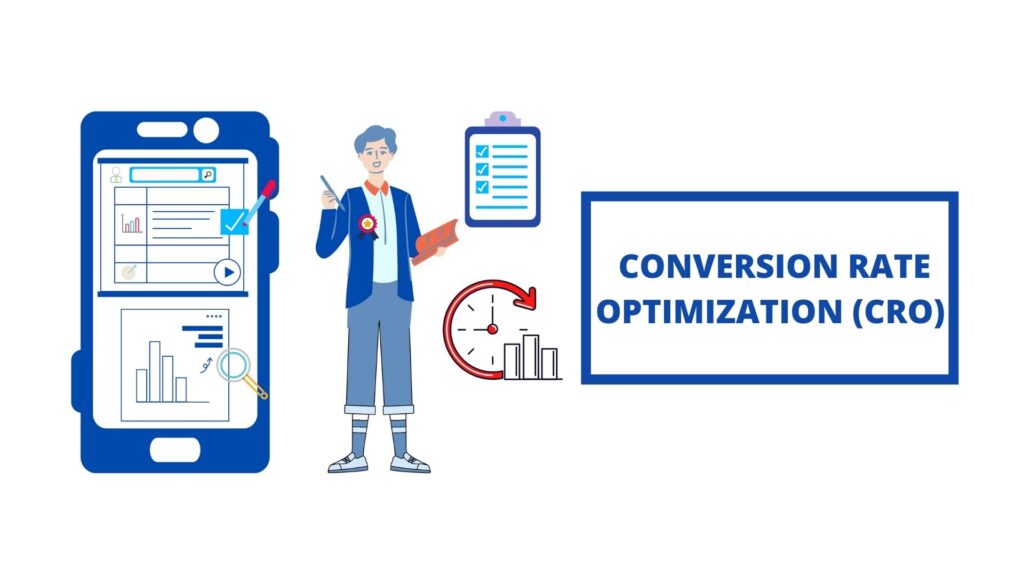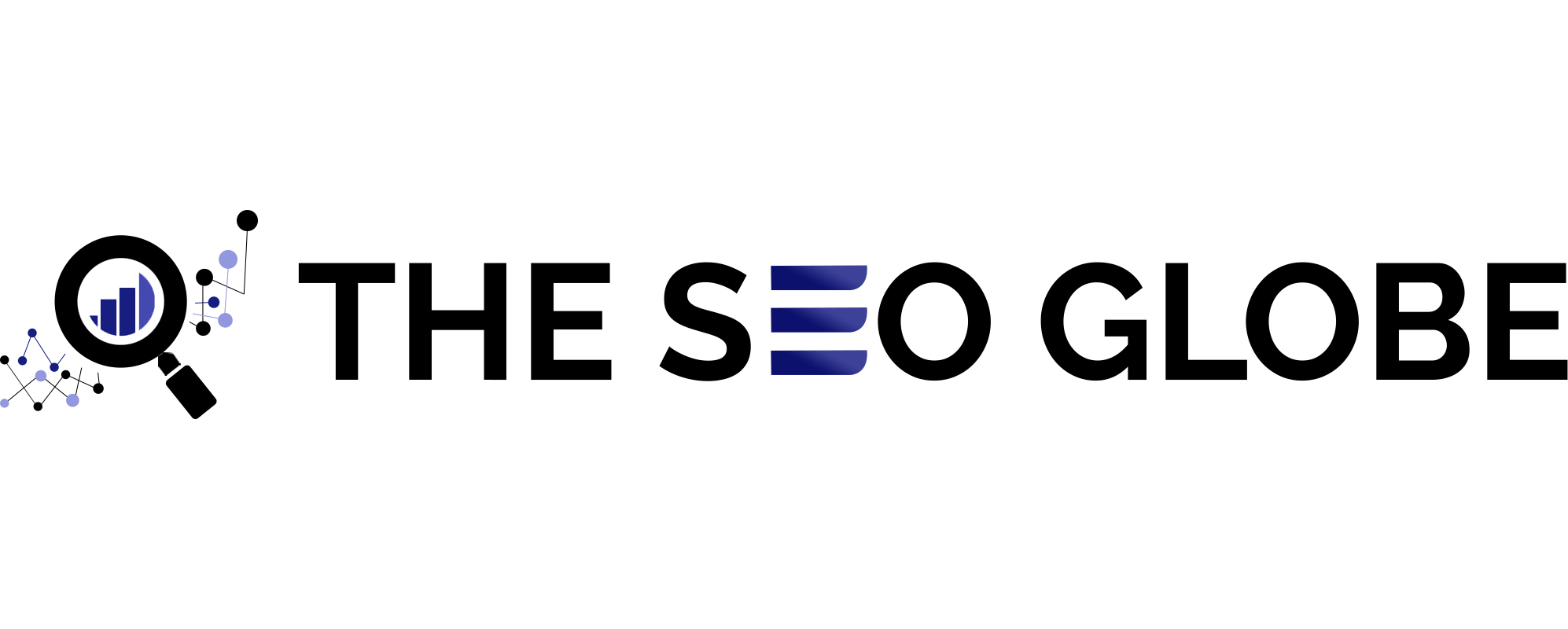
To make your website more popular and frequently visited by users, which in turn increases the conversion rate of your website, you need to be aware of conversion rate optimization (CRO). The CRO offers a proper analysis of what all can be done to increase the user activity on your website and helps in understanding your targeted users even more.
Conversion Rate Optimization (CRO) – The Basic Meaning:
Conversion Rate Optimization is a process of making more people involved with your website, by making them perform one or more actions or activities on your website. These activities can be anything, ranging from selecting desired products and adding them in a cart to filling a form or just clicking a link.
Formula to Calculate The Conversion Rate of A Website:
To find out the conversion rate of your website, you need to:
- First, divide the number of actions taken by the total number of people visiting your website.
- Second, multiply the figure obtained above with 100 to get the desired percentage, which is the actual conversion rate of your website.
Usually, the conversion rate of websites ranges between 1-4%. However, this conversion rate is subjected to various factors, such as conversion goals like ad clicks and signups, type of audience and webpage.
Common Practices of Conversion Rate Optimization:
There are a number of practices by which one can increase the conversion rate of a website, such as:
- Displaying ads and testimonials
- Using contrast color for call to action (CTA) buttons
- Using least possible number of fields in any forms in your webpage
- Using time-limited offers to increase sales
However, there is no assurance that the practice of conversion rate which has worked well in the past or for other people can work in other future endeavours as well or for yourself as well.
To increase the conversion rate of your website, you need to have thorough knowledge about your targeted users and their varying requirements. You need to be aware of their concerns and expectations related to your website or product in general, and based on their feedback, you can deliver the optimum solutions. This is a slow but very effective step in the long run, which will eventually help in the continuous improvement of your business with timely updated and optimized strategies.
How to Increase Conversion Rate on Your Own:
There are a number of paid tools that are available for conversion rate optimization, which may or may not give desired results. However, proper use of your senses can bring you closer to your customers and their requirements and draft conclusions.
First of all, you need to analyze how people are using your website and what all they have to say as feedback or suggestion for your website. This will help you in attaining in-depth knowledge of the market. In addition to the visitors of your website, you can ask for suggestions from the people who have designed your website as well as staff which is responsible for sales and support for your product.
Tools for Conversion Rate Optimization:
There are three different categories of CRO tools, which can help you to make conversion rate optimization a fruitful process –
Quantitative Tools
These tools are helpful in the collection of numerical data related to your website. Here are some of these tools:
- General Analytics tools – for tracking traffic on the website
- Website heat map tools – for calculating number or clicks and scrolls on the website
- Form analysis tools – for tracking various kinds of form submissions
- Funnel tools – for finding out the level of visitors in the sales funnel
- Customer Satisfaction tools – for measuring the scales of satisfaction level from 1 to 10
Qualitative Tools
For collecting non-numerical data based on the behaviour of users on a website, these tools are used. Following are those:
- Website feedback tools – for recording the feedback of users based on the questions asked on their experience
- Website recording tools – for showing the pattern of usage of the website by a particular person
- Usability testing tools – for the display of recorded thoughts or opinions of a few current users
- Online reviews – for checking out the experience of people of using your website/product
Testing Tools
These tools can be used for enhancing the conversion rate based on the results obtained by using both quantitative and qualitative tools. These are as follows:
- A/B testing tools – for testing out different variations or samples of a page and selecting the best one out of them
- Website session recording tools – for comparing different variants of a page and measuring customer behaviour on it
- Conversion tracking analytics tools – for keeping a track of ongoing conversions
- Website feedback tools – for keeping a record of ‘before and after’ of responses on your website.
ALSO READ:

